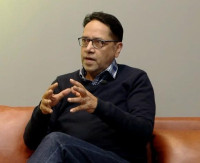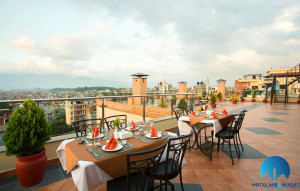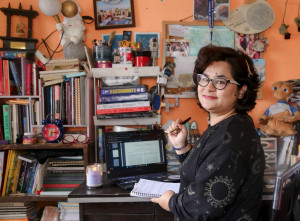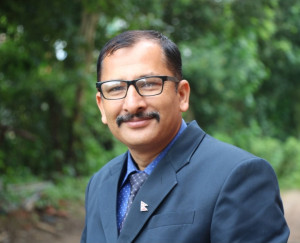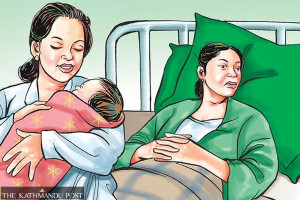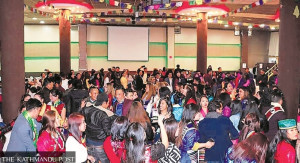Culture & Lifestyle
In a divided world, this film shows what humanity can be
Filmed over a decade, ‘Between The Mountain And The Sky’ follows Maggie Doyne and her team as they raise children in western Nepal, showing what’s possible when love meets purpose.
Anish Ghimire
In this age of digital consumption, we consume horrifying news at breakfast, at work, at a family hangout, and before going to bed. By being digitally connected, we routinely hear about violence, unjust acts, discrimination, wars, deaths, and suffering. It has gotten to a point where we might ask, “Is there anything good in this world? Is someone out there doing anything humane?” Like you, I ask this question a lot. There are rare occasions when I get an answer that makes me believe in humanity again.
One such occasion was watching the movie ‘Between The Mountain And The Sky’. Shot over ten years, this film is a brilliant compilation of unfiltered shots that remind us what humans are capable of. We are more than the hate we spread, the wars we fight, and the division between us. The filmmaker, Jeremy Power Regimbal, shows us what we can achieve if we set aside our differences and show up for each other.
The movie follows Maggie Doyne, who came to Nepal on a gap year before she went off to college. Many years later, she and her team at Kopila Valley Children’s Home have raised nearly 90 children, with 50 residing in the home and almost 40 moving on to independence, higher education, and careers.
In addition, the organisation, BlinkNow, founded by Doyne and Tope Malla, runs various programmes to empower women and the community.
‘Between The Mountain and The Sky’ had its Nepal premier on June 16, and before Regimbal was surrounded by family, friends and supporters, I managed to have a brief chat with him.
“This movie wasn’t intentional,” he tells me. “Originally, the idea was to create a love letter to Maggie and the children at the home. But then, it became something bigger.”
Regimbal, Doyne’s husband, has been with her almost the entire journey. His lens offers an intimate look at her life—the joys and sorrows of establishing a home for children with nowhere to go. “Kopila Valley Children’s Home is not an orphanage, it’s a home,” she writes in her book of the same name, published in 2023. This homely feeling is felt in the movie. The shots linger, and the children stare into the camera with their innocence. The hugs are longer, the laughter is louder, and happiness is so real that it lifts you.
However, the film, like life, is not without its moments of tragedy. We see grief that grips the heart, moments that bring tears, and difficult conversations that must be had.
“There was actually a lot more grief, suffering, and darkness than what ended up in the final film,” Regimbal says. He admits that if 80 minutes of a 90-minute film is filled with darkness, people won’t watch it. When Regimbal tagged along with Doyne and came to Kopila Valley for the first time, he sensed this unspoken question: “Who is this guy?” He was bracing himself for the sadness because the children had gone through extreme hardships. “But what I found was the opposite. There was so much joy, happiness, and resilience. It just radiated from the home,” he says.
After all, this is a mother’s story of love, loss, healing and hope. Regimbal captures each emotion beautifully, and in doing so, he admits he was pretty nervous.
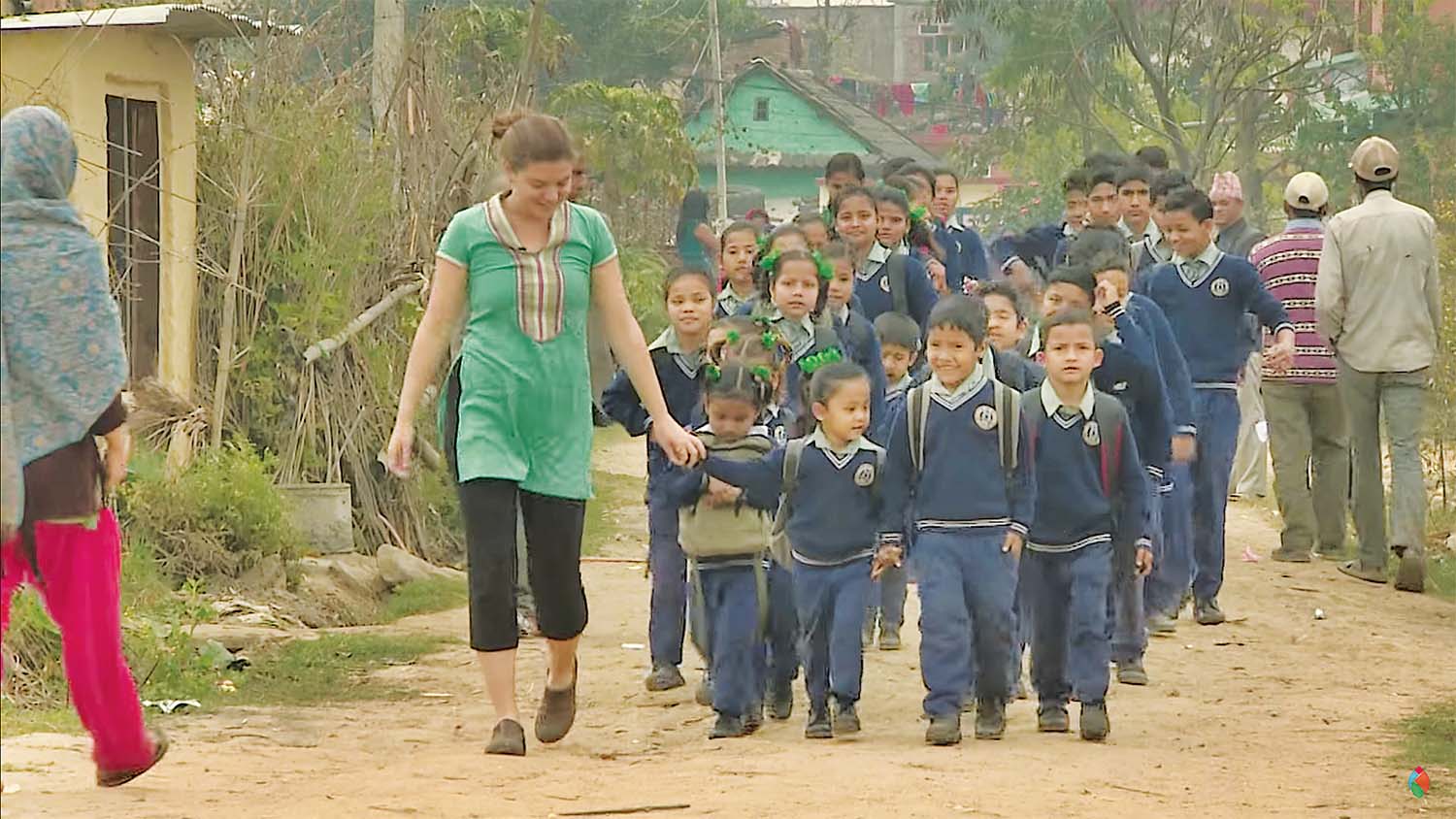
“There were moments when Maggie—or others—were grieving or going through something heavy, and I was supposed to be a boyfriend, a friend, even a kind of parental figure at times. But then I’d also be holding a camera, pointing it at them, which felt wrong. It was uncomfortable,” he shares. So, after the initial phase, he formed a team to help him. That made a difference. “It meant that in some moments, I could just be present and not worry about capturing it all myself.”
The movie opens with the co-founder, Malla, talking to recently orphaned kids in the village of Oda, where he is originally from. Malla had lost both his parents by the time he was ten. With a low voice, he describes his difficult childhood, “I know that hungry life and I know that freezing life.”
It is fitting that the film begins with Malla’s story because he is a vital pillar of Doyne’s dream.
When the adoption process of the recently orphaned children is completed and they are brought to Kopila Valley, Doyne crouches and asks the kids, “Gadi ma afthyaro vayo? Ulti ayo?” (Was the journey arduous? Did you get car sick?) “Vok lageko cha? Masu khane?” (Are you hungry? Would you like some meat?” “Aba nuhaune ani safa luga lagaune hai,” (After showering, we will wear clean clothes). This small exchange shows the care she puts into the children.
Doyne revealed to me that she is an introvert and likes to be in her space, and yet to show up every day for these kids, fight through sorrow, and radiate joy is no small feat. The movie’s personal angle and raw footage encapsulate the gravity of the life she’s led. By following his wife with a camera, which Regimbal admits was “kind of weird at first,” he has not only perfectly documented a humanitarian work but also supported his wife in every possible way.
“I cannot sleep tonight,” Doyne says in a video call with Regimbal. Will you sing me something?” In the next scene, we see him get up and play tunes on his piano. These small moments that screamed, “I am here for you,” were precious and kept Doyne going. “I do everything for my children,” she says in the movie, citing them as her main motivation.
The film makes it evident that Doyne never intended to adopt children; she only wanted them to have a safe and loving home. The first child she took in was Nisha. When she was new at the school, she remembers feeling safe, “I didn’t know where I was, but I knew I was safe here,” she says. When she received a scholarship to study in the Netherlands, Doyne flew with her like any mother would and took flight once more to be at her graduation.
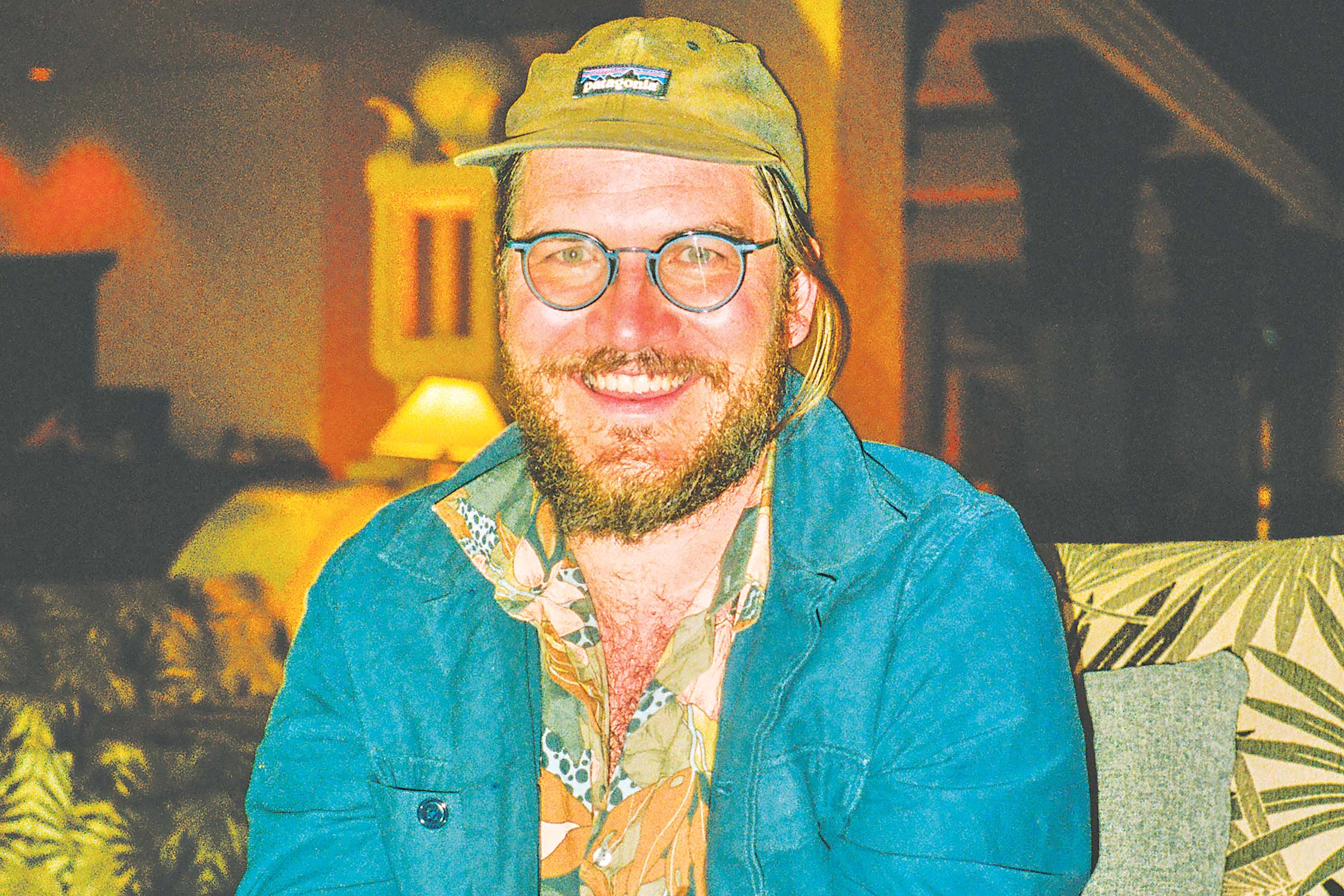
Regimbal has balanced this story of loss and hope beautifully. When struck by tragedy, we slowly transition to a scene where hope overwhelms us, and everyone giggles and sings together. Then, right after, life reminds us of its fragility, and there is another mountain for Doyne and her team to climb. Whether it was dealing with the loss of a child, or battling fear, guilt, or anxiety, she and her team battled it together. But right after all the bad things, the good things happen. Like, the time she met Regimbal when she was grieving. Like the time when her children wrote, “Mommey, I love you,” on a piece of paper and decorated it. Like the time when the kids gathered one morning and told Doyne they had decided to call her “Mom”.
Through this story, we are reminded to examine our own stories, consider our battles from a new perspective, and believe there is a light at the end of the tunnel. Like Doyne says, doing things, “one minute, one moment, and one step at a time.”
If you want to be inspired and like me, you search for little goodness left in this world, then dive into this story. Let it take you on a ride of bravery and free you from your troubles because you will come out of it, “one minute, one moment and one step at a time”.
The film is available for online viewing for a limited time on betweenthemountain.com
—————
Between The Mountain And The Sky
Director: Jeremy Power Regimbal
Language: Nepali and English
Year: 2025




 16.12°C Kathmandu
16.12°C Kathmandu





